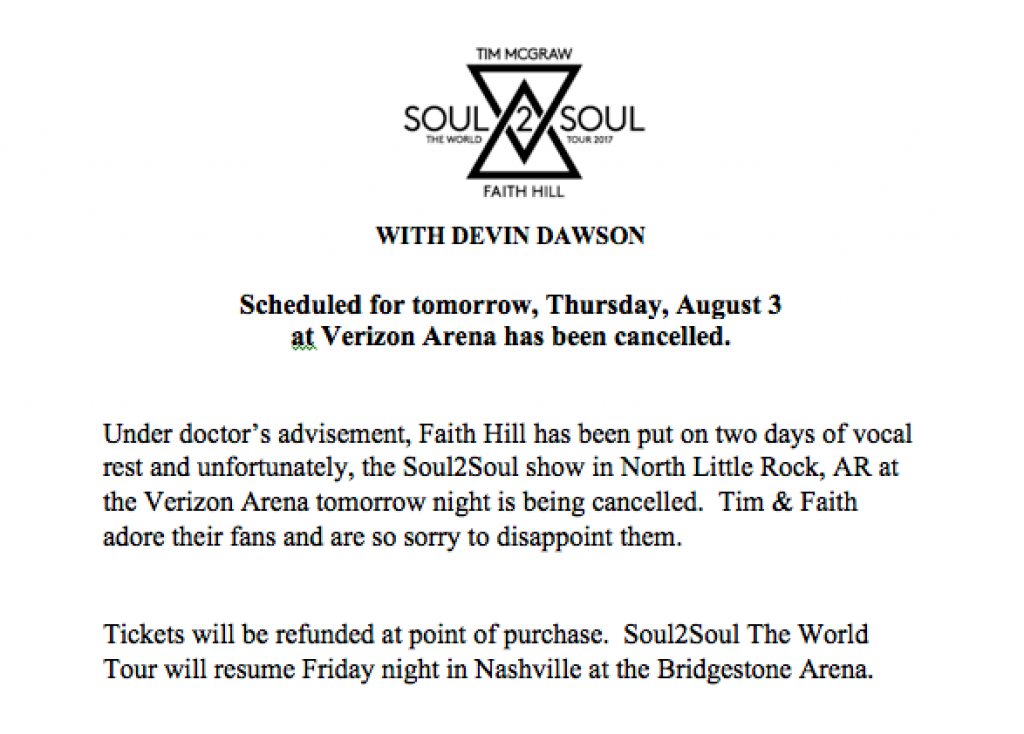Entertainment Tonight is reporting that Gwen Stefani is set to release a Christmas album this fall, and at least one of the songs was co-penned by boyfriend Blake Shelton.
Here’s what we know so far.
- On July 12, Gwen told Weekender: “I’ve been working on new music, which I’m so excited to release this year. I can’t say too much about it just yet, but I’ve had so much fun in the studio.”
- A handful of new holiday-themed songs have been registered for Gwen on German publishing site Gema.de, including one co-penned by Blake, “You Make It Feel Like Christmas.”
- “Christmas Eve” — Gwen Stefani, Justin Tranter, busbee
- “My Gift Is You” — Gwen Stefani, Justin Tranter, busbee
- “Under the Christmas Lights” — Gwen Stefani, Justin Tranter, busbee
- “When I Was a Little Girl” — Gwen Stefani, Justin Tranter, busbee
- “You Make It Feel Like Christmas” — Gwen Stefani, Justin Tranter, Blake Shelton, busbee
- Another new song, “Never Kissed Anyone with Blue Eyes Before You,” also surfaced on BMI last week that credits Gwen, Justin Tranter and busbee as songwriters.
- One of Gwen’s fan accounts on Twitter posted the newly registered songs.
Y’all ready for a @gwenstefani Christmas album?! ☃️🎄There have been 4 new songs registered for Gwen. More info:https://t.co/7CAjBwtZuU pic.twitter.com/jrEPIFb4Xa
— Gwen Stefani Daily (@DailyGwen) August 1, 2017
We’ll keep you posted on any developments.
photo via Gwen Stefani’s Twitter












![Justin Moore’s “Devil Stool” Skit from “Jimmy Kimmel Live” Earns Emmy Nomination [Watch]](https://www.wivk.com/wp-content/uploads/sites/602/2017/08/Justin-Moore1-652x228.jpg)

















